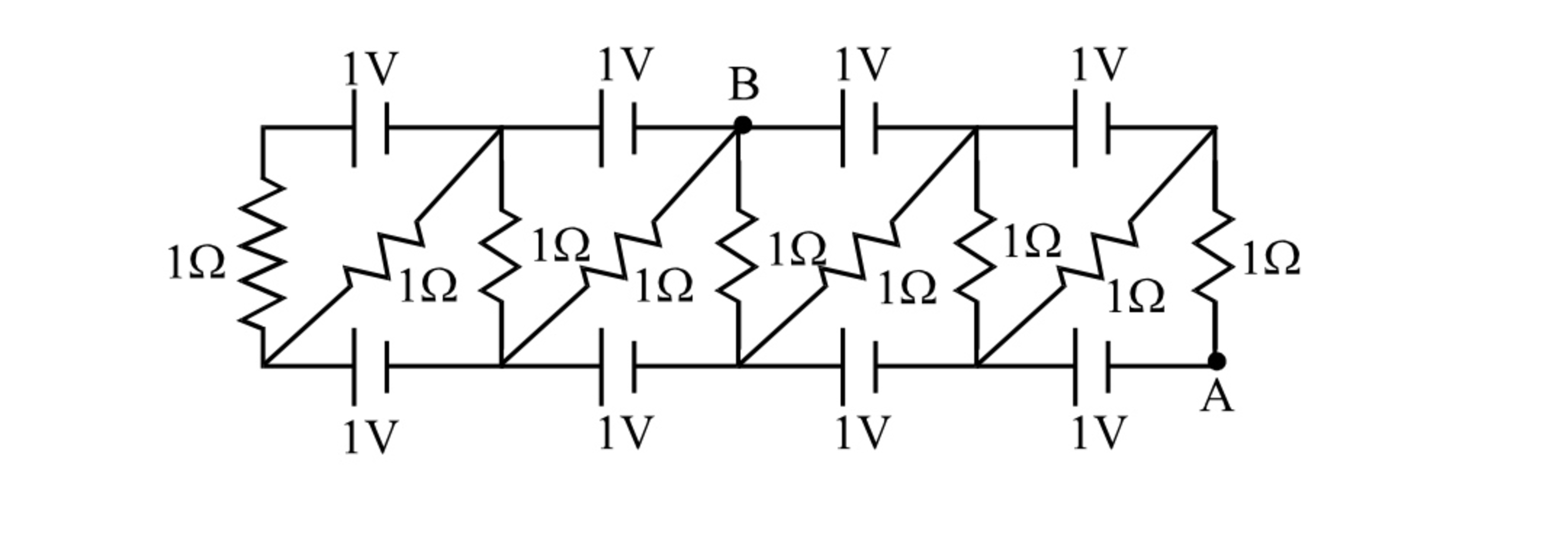General Circuit
Find the potential difference
V
A
−
V
B
for the circuit shown below.

The answer is -2.444.
This section requires Javascript.
You are seeing this because something didn't load right. We suggest you, (a) try
refreshing the page, (b) enabling javascript if it is disabled on your browser and,
finally, (c)
loading the
non-javascript version of this page
. We're sorry about the hassle.
1 solution
@Steven Chase Exactly.
@Steven Chase for the new problem I am getting 3 5 . 0 4 4
Log in to reply
@Karan Chatrath There was an "equals" sign in my code that should have been a "plus sign". I have uploaded a corrected version of the problem. @Neeraj Anand Badgujar The answer is not 35.044, however
Log in to reply
@Steven Chase Did you have changed any data??
Log in to reply
@A Former Brilliant Member – Same problem. Just different answer
Thanks for clarifying.
Log in to reply
@Karan Chatrath – @Steven Chase ok Thanks in next 10 min ready for seeing my solution.
@Karan Chatrath – And the typo just happened to be in the z force equation, so it didn't cause me to get the previous question wrong.
Log in to reply
@Steven Chase – Oh, now it makes sense. Cause even I did your problem by tweaking the parameters from the previous one. Typos happen. It was fun to solve anyway, so thanks for sharing
Log in to reply
@Karan Chatrath – @Karan Chatrath @Steven Chase I am getting 7 2 7 0 8 0 . 5 9 6
@Karan Chatrath and @Steven Chase Sir I have added 2 more methods of this Problem . Hope you enjoyed it.
@Steven Chase sir are you posting 2nd order RLC circuit one problem? Please
This one is less trivial than one would think just by glancing at it. Start by declaring the potential at B to be zero. Then write the nodal current sum equation for the green node. This results in a series of expansions and simplifications going from right to left.